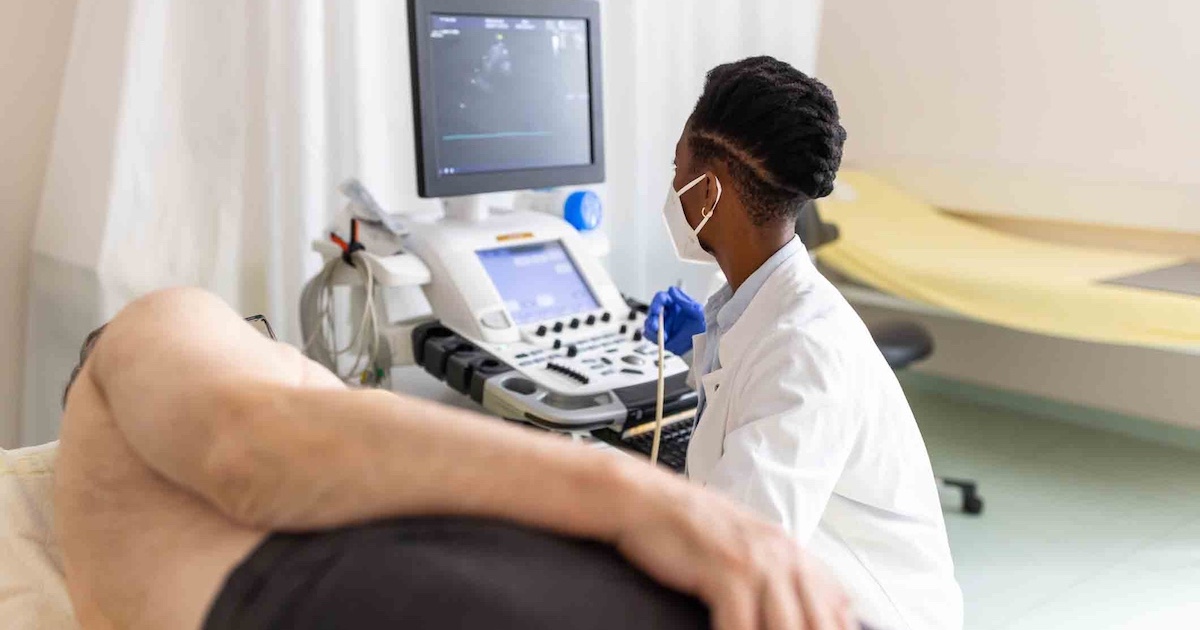In a city known for its revelry, the mood was a bit more demure in the exhibit hall at this year's HIMSS Conference and Exhibition. Not as many splashy displays, cool new gadgets or over-the-top product launches.
In its place, an mHealth theme that focused on partnerships and integration. In other words, the technology is there — now developers and entrepreneurs have to figure out how to make it better for the end-user.
"We've reached the bubble of mobile health apps," said Brian Gardner, an executive director with Kaiser Permanente and head of the organization's mobility efforts. "We're going to see some consolidation now, and more integration."
"The technology isn't new any more," added Michael O'Neil, founder and CEO of GetWellNetwork, a developer of patient engagement platforms that is adding mobile access to its products to enable patients to connect from their own devices and continue their care plan at home. "What's important now is whether this stuff is actually being used."
O'Neil said hospital IT departments are overworked with EMR deployments and BYOD concerns, so they don't want to see any new devices. What they do want to see, he said, are solutions that improve the doctor's workflow or the patient's care management program by combining functions and data streams. In some cases, that solution comes in a vendor-neutral platform, while others are forged though collaboration.
Integration is certainly front and center for Alan Portela of AirStrip. He said healthcare providers have for too long been launching healthcare IT systems without giving much thought to standards, and now have a bunch of systems that can't work with each other. "They've created a mess," he said. "And with mobility, they've extended that mess."
"What I'd really like to see here is people meaning collaboration, not just saying it," he added.
Wayne Guerra of iTriage agreed. He's looking for collaborations with "synergistic companies," he said, to improve how his mobile platform can be accessed and used by patients and clinicians.
"Personalize the experience for the consumer … and make it easier for the provider," he said.
For every new app, mobile workstation and home monitoring device shown off at HIMSS13, there were an equal number of announcements of two or more players in the mHealth space joining forces. AT&T, Valued Relationships and Numera are getting together to develop a home telehealth system for seniors. Qualcomm Life and WebMD are partnering to push consumer-facing content across the 2net hub. iNTERFACEWARE and Seamless Medical Systems are combining their efforts to produce a mobile patient registration solution for the iPad. And of course, the big one among EMR developers, bringing together athenahealth, Cerner, Allscripts, McKesson and Greenway Medical Technologies.
Others, like Caradigm and iSirona, are touting products that bring together data from disparate sources.
"It's not about coverage any more – it's about capacity," said Rob Hemmerich, a manager for Alcatel-Lucent, who's seeing a shift from simple data collection toward rich, meaningful data.
Those connections are also branching out into new areas, notably preventive health and wellness. Gardner and Holly Potter, Kaiser's vice president of public relations, said the industry is taking notice of apps and other solutions that help consumers manage their health, leaving doctors to take care of the more serious cases. Products that can marry clinical tools with health and wellness resources, they said, point to the future of mHealth.


